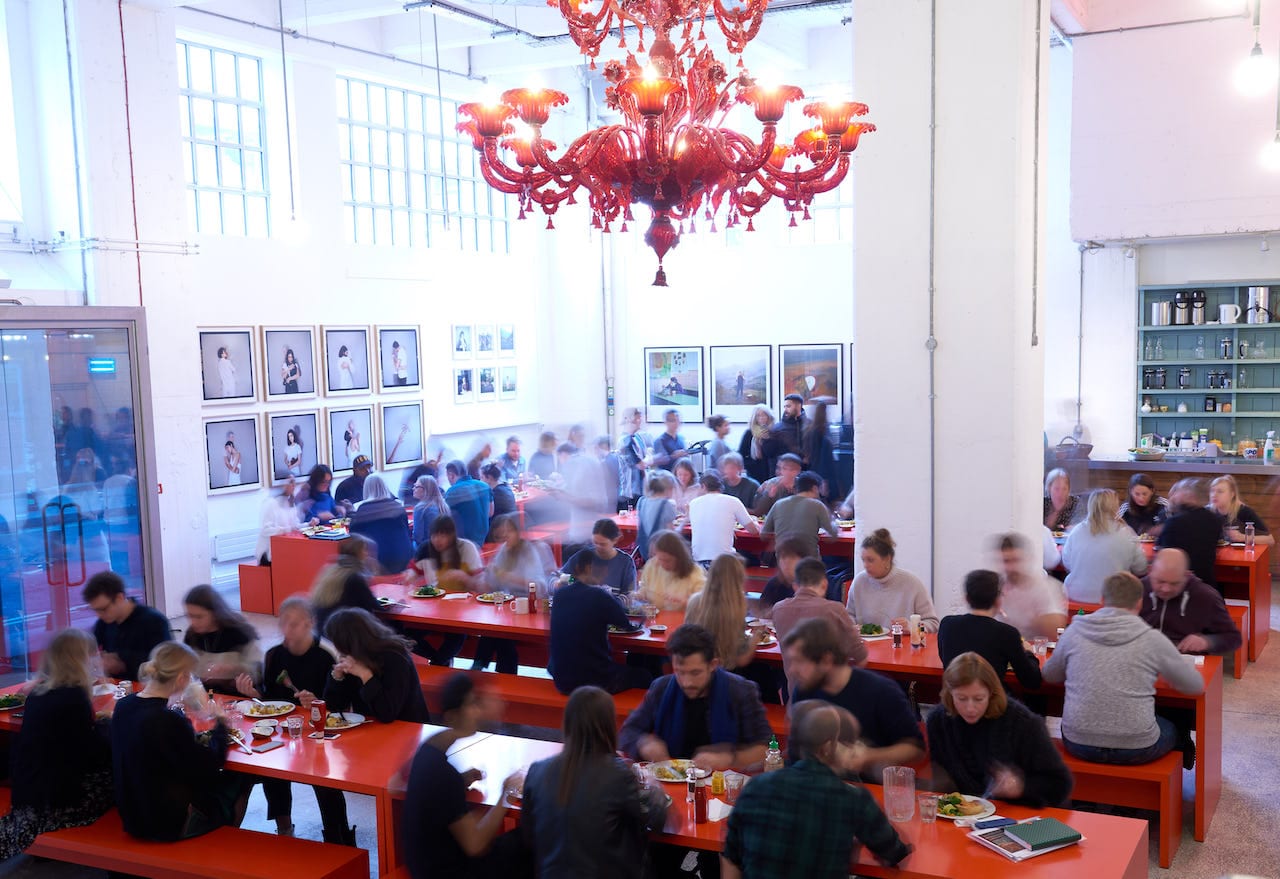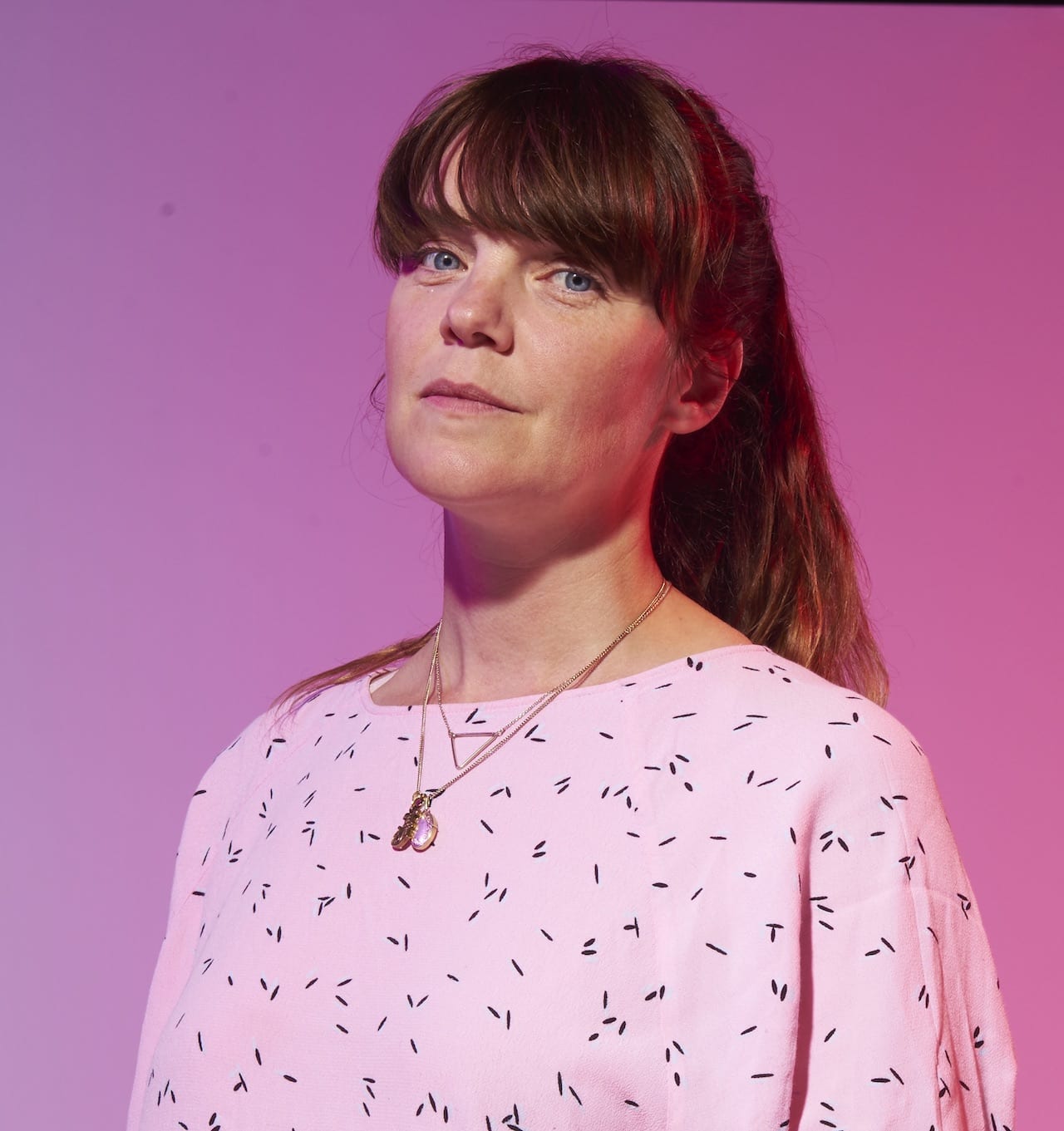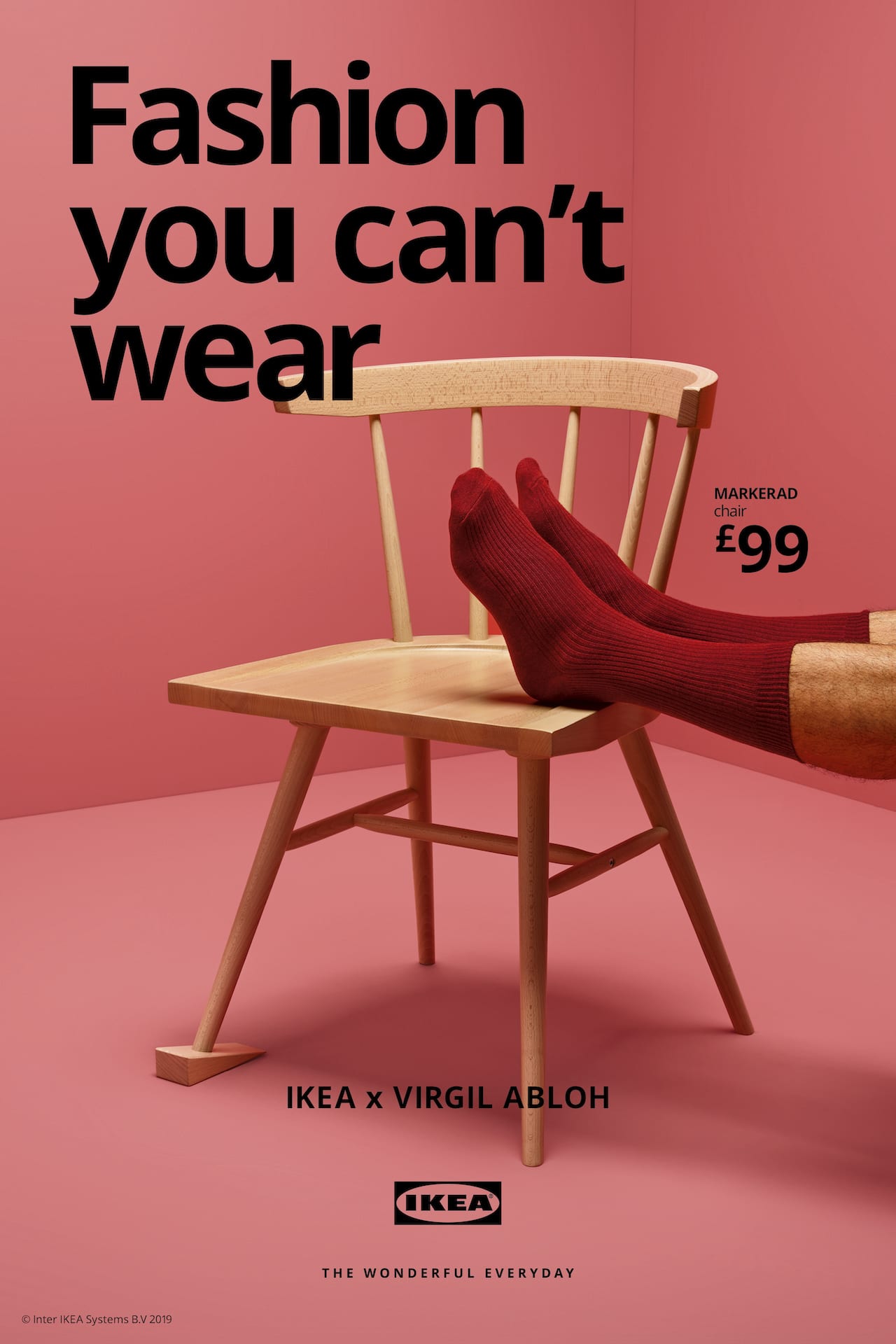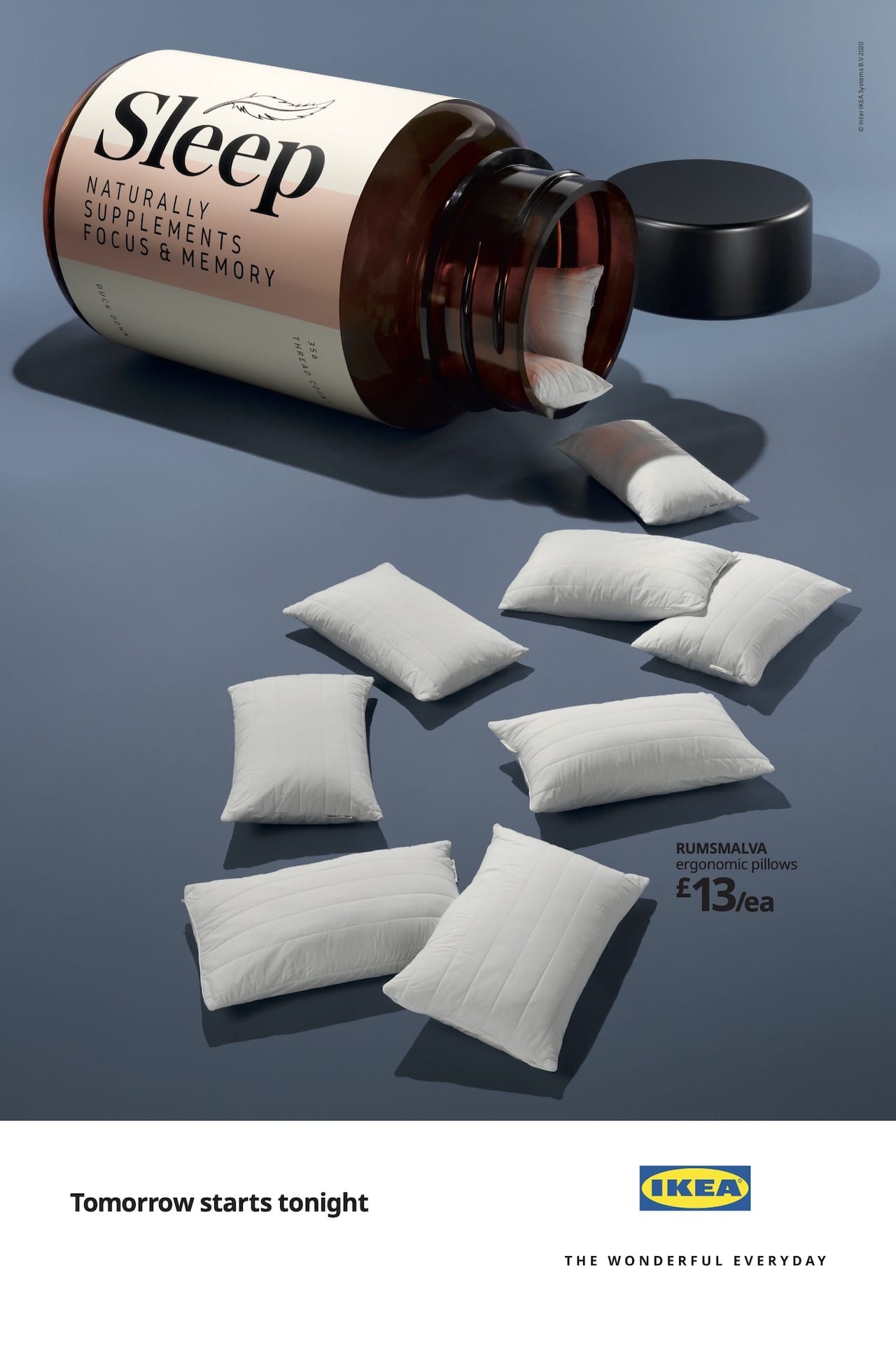Julie Cook, head of art at Mother London, gives an insight into working at a global creative agency, and advice for emerging photographers
“Creativity is paramount,” says Julie Cook, head of art at Mother London. “We always want to push creativity as far as we can.” From strategists, through to creatives, producers and art buyers, Mother London is a global creative agency that is committed to seeing how far ideas can go, pushing them at every stage for an interesting slant or unexpected point of view. “Creative is king at Mother, across every part of the process.”
Based in Shoreditch’s Redchurch Street, the agency also owns a space – Downstairs at Mother – for regular events, exhibitions, pop-up restaurants and comedy evenings (or at least they did, before Covid took hold). Before the first lockdown, they’d been planning an auction of works from their popular Instagram takeovers by up-and-coming artists. The space would also be the venue of portfolio reviews and meetings where Mother’s team could meet with collaborators and clients, which recently include the likes of Ikea, Uber, Greenpeace, and Pepsi. “Hopefully at some point we’ll be able to go back to doing that!” says Cook.
“It’s always interesting to me to look at new people,” she continues. This fits with Mother London’s ethos of finding and supporting emerging artists. The team always ensures that photographers are introduced to designers and creative directors whose tastes match their work. “Even if those newcomers don’t necessarily get awarded the jobs, I think it’s really important to get those sort of people in front of creatives, so they’re on their radar,” says Cook, “both for the producers and the creators. And gradually, hopefully they keep an eye on their work, and over time they get to work with them”.
The search for new and diverse talent is constant, she says. “Obviously we don’t discount people who have been in the industry, but we’re really keen on trying to support new talent, and trying to push people out there.” Mother London’s recent campaign for Stella Artois was with an emerging Brazilian illustrator, Henrique Folster. Several years ago, Cook remembers working with Juno Calypso on PR shots, before Calypso had garnered the status she has today.
New collaborators are found everywhere: in exhibitions, editorials, zines, photobooks, introductions from photo agencies and, of course, on social media. Exciting finds are shared internally, too. “Within production, we try and share as much as possible between different print producers,” says Cook. “We keep inspiring each other. The artists I’m looking at are probably very different to some of the other producers in the department; it’s always really interesting to look at what other people are looking at.”
Photographers also get in touch directly via email; though this can be hit-or-miss, depending on how empty or full the recipient’s inbox is on a given day, Cook often has time to review the PDFs she’s sent. “I don’t think people should be discouraged from just reaching out directly to people,” she says, especially if the photographer can see their work is specifically well-suited to an agency or client’s particular approach.
Collaboration and team bonds are an essential aspect of Mother London’s ethos. “Mother is a bit of a family — hence ‘making our mothers proud’. It’s very much a family feel,” says Cook. “There’s a big push to making our children proud now as well, with how we behave ethically.” As such, finding collaborators who are on the same page is a priority. “It’s important that we work with people who are like-minded: nice people, who will work with us as a team,” she continues. “A very big part of it is that we should enjoy what we’re doing, so we want to be working with people who have the same mindset.” Artists are encouraged to bring their unique point of view, but in such a way that the team can bring theirs, too, rather than going off on a tangent. The end result is a true collaboration: “It always works better when everyone is together, creating together.”
Cook finds inspiration in photobooks and exhibitions, particularly in the documentary genre. There seems to be an appetite for this kind of work more broadly, from the gallery wall to the commercial space; “I think people are more inspired by real stories nowadays,” she says, “stuff that’s more realistic and less glossy, that doesn’t look as over-retouched or over-styled. I like that, and I hope there’s more of it. It feels like a more honest way of portraying stuff.” After a tough pandemic year, perhaps this appetite is understandable. “I think people are more sceptical nowadays of the things that don’t feel particularly real.”
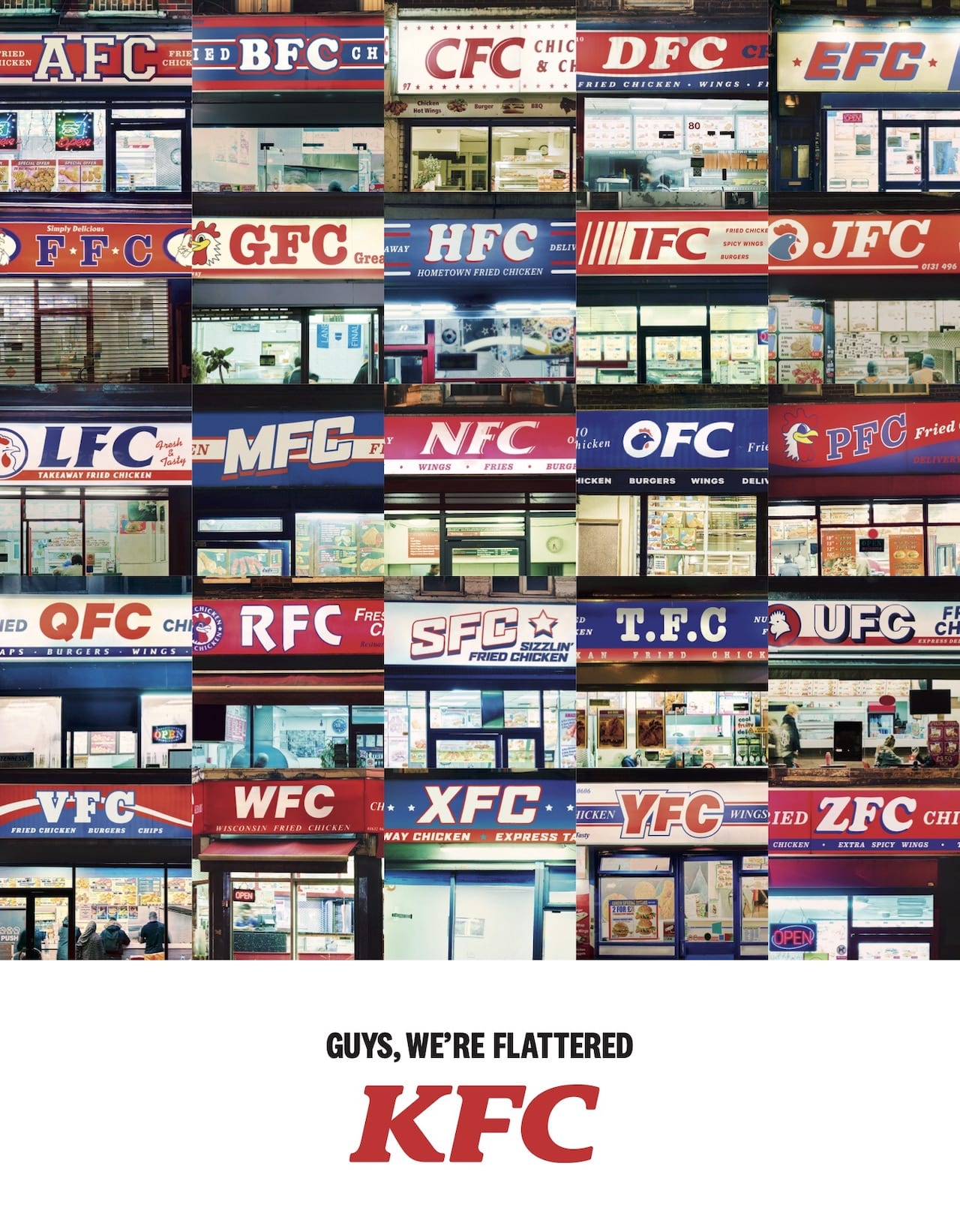
It makes sense, then, that Cook’s advice for emerging photographers is to follow their authentic instincts and focus on personal work that they’re passionate about. “It’s really important that they’re shooting their own projects that they’re really into,” she says. “People’s clear passion comes through in what they enjoy shooting.” This is much more important than trying to fit their work into a brand’s tastes. “That work is never going to be as strong as the stuff that they feel they’re really interested in.”
On a practical level, she advises that photographers should make sure that their websites are clear and easy to navigate. She also suggests that looking at a photography agency’s roster can be helpful and informative as to the kind of work they are looking for; they can also approach such places for advice.
“These people probably won’t represent them to begin with, but [many of them] will give their time to people who are emerging,” says Cook. “It’s an investment for them for the future.” Informal advice from industry professionals, “whether it’s a creative or a designer or a producer or an art buyer”, can be invaluable. “These people will probably help them push and develop projects forward,” Cook says, “and then gradually, over time, introduce them into more commercial work.”
